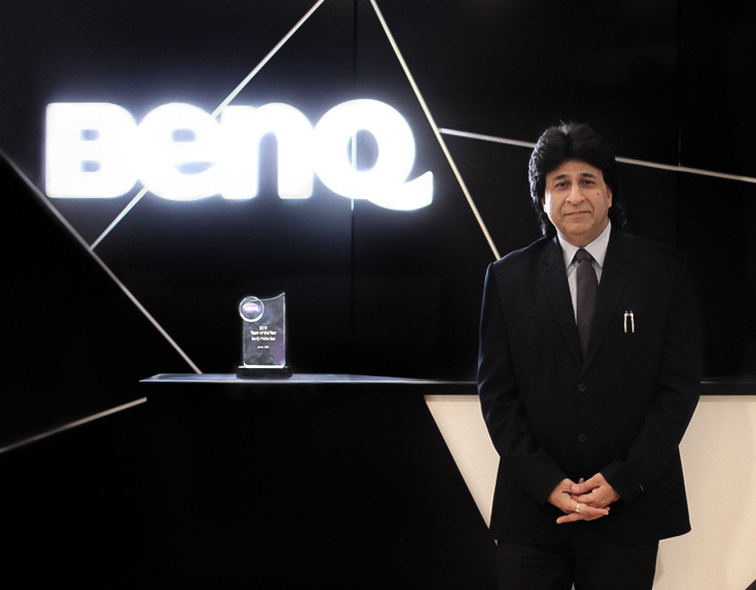
In the contemporary digital era, technology has permeated all aspects of life, including early childhood education. This critical sector is being reshaped by advanced edtech solutions like interactive displays, projectors, and cloud whiteboarding software. These innovative tools are revolutionizing the traditional classroom setup, making learning more engaging, interactive, and effective for young learners.
The Evolving Landscape of Early Childhood Education
Education, especially in its early stages, plays a crucial role in shaping a child’s future. In the past, conventional teaching methods relied heavily on rote learning and one-way communication. However, with the advent of technology, this landscape is undergoing a transformative change.
Technology’s influence on early childhood education is multi-faceted. It offers a new way of teaching that engages children in a dynamic learning environment. Digital tools such as interactive displays allow students to visualize and manipulate information, fostering their cognitive development. Moreover, technology encourages collaborative learning. For instance, an interactive projector can display a child’s artwork or a group project, stimulating discussions and promoting teamwork among students. This not only enhances their communication skills but also instils a sense of community and mutual respect.
Interactive Displays: Pioneering a New Era of Learning
One of the most innovative edtech tools reshaping early childhood education is interactive displays. These devices are similar to a standard touchscreen device, allowing children to interact with the content directly. By tapping, swiping, or dragging their fingers across the screen, they can solve puzzles, draw pictures, or even learn new words.
Interactive displays offer a hands-on learning experience, which is highly effective in early childhood education. It encourages active participation, curiosity, and exploration, key elements that foster a love for learning. BenQ’s RP03 series, for example, comprise of interactive screens with robust Dolby Digital Plus sound and eye protection. BenQ Boards boast the incorporation of Intel’s potent 10th Gen Core processors, a powerful technology paves the way for a transformative workspace experiences. Furthermore, these displays can be customized to cater to different learning styles. Whether a child learns better through visual aids, audio cues, or tactile experiences, interactive displays can accommodate these preferences, ensuring a comprehensive learning experience for all students.
Projectors for Education: Amplifying Classroom Interactivity
Projectors have been a staple in classrooms for years, but modern projectors for education have taken interactivity to a new level. These projectors can turn any surface into an interactive whiteboard, providing a large-scale platform for children to engage with educational content.
This technology allows teachers to display dynamic content, such as videos, animations, and interactive games, that can make learning more fun and engaging for young children. Moreover, it encourages student participation as they can come up and interact with the content on the board, making them active participants in their learning process.
Cloud Whiteboarding Software: Collaborative Learning Redefined
In recent years, cloud whiteboarding software has emerged as a powerful tool in early childhood education. This software allows multiple users to interact on a virtual whiteboard simultaneously, regardless of their location.
Children can draw, write, or share ideas on the cloud whiteboard, promoting collaboration and creativity. Teachers can also use this platform to explain complex concepts visually, enhancing children’s understanding. As this software operates in the cloud, it provides a flexible learning environment where children can learn at their own pace, both inside and outside the classroom.
Moreover, cloud whiteboarding software supports multimedia content. Teachers can incorporate images, videos, and even interactive quizzes into the whiteboard, creating a rich, multi-dimensional learning experience for children.
The Future of Early Childhood Education
By making learning more hands-on, engaging, and customized, technology is not only enhancing the quality of education but also fostering a lifelong love for learning among children. As we continue to explore innovative solutions, the role of technology in early childhood education is likely to become more prominent. The potential of these tools to shape the future of learning for the younger generation is immense. However, it is crucial to remember that technology should supplement, not replace, traditional teaching methods. The human touch in education is irreplaceable and should always be at the heart of learning. With a balanced integration of technology and conventional teaching methods, early childhood education can truly harness the power of digital tools to shape young minds, preparing them for a rapidly evolving future.
